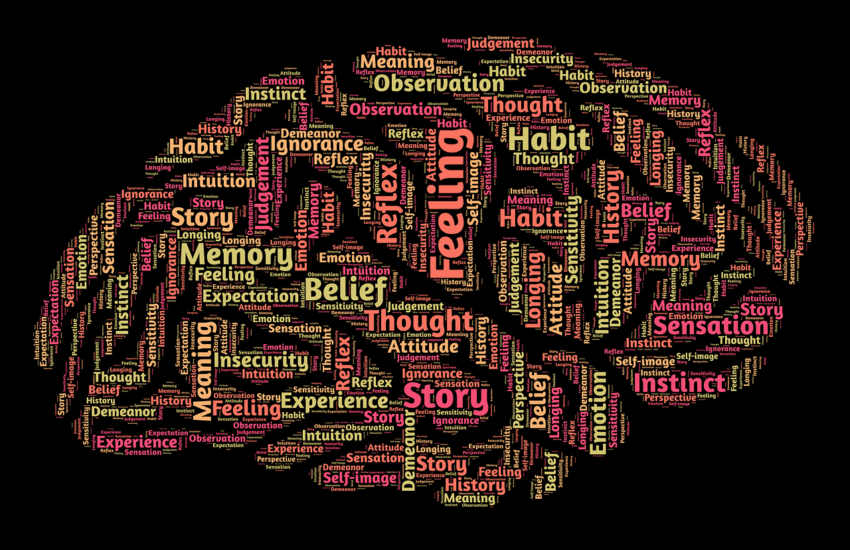Most research in management science is conducted using survey techniques and questionnaires. This is a standard that, at least in Poland, newer and newer students of this science are accepting, and older students are continuing the tradition. I have repeatedly written in my scientific and popular articles about the low reliability and accuracy of such surveys. As a result, it is difficult to build knowledge about what a manager really does.
Of course, there are thousands, if not hundreds of thousands, of studies in management science showing what managerial roles, managerial skills or leadership styles managers adopt in various situations. I have cited some of these studies in previous blog posts. See on YT: Use forward and backward pass to determine project duration and critical path
What do they show in terms of constructing an artificial manager? Not much, and I would even say: nothing. If we ask managers what they have to do to achieve the goal they set for themselves, they will gladly reach for one of the planning methods and make a plan for themselves. For example, one like this critical path method:
However, when they are asked later what they actually did, when, with whom, what came out of those actions in detail, their picture blurs as if written with a finger on water and dissolves in the overall impression of the effort of the actions taken.
At the beginning of my work on the theoretical concept to help design a robotic manager and the first online managerial tools, my colleague Dr. Adrian Pyszka and I did a simple study confirming our hypothesis that managers remember little of what they actually did and their memories (collected in the form of questionnaire answers) cannot be used in any practical way.
We jointly organized a non-participatory observation of the work of several groups of students, which lasted for two months. During this time, the students were to prepare a project for the implementation of a certain project, and the final result was to be a set of goals they want to achieve and to these goals an inventory of tasks that would have to be performed. The students worked on the goals and tasks with the “goaler” and “tasker” tools in the first version of the TransistorsHead.com system (today these tools are called GOALS and TASKS).
Then, when the students finished their project, we asked them using a survey technique about several issues:
- How to set goals and describe tasks,
- The way tasks are divided among team members,
- Frequency of goal changes,
- The number of changes to the goals,
- The number of tasks described for the objectives,
- Frequency of use of tools by team members,
- Level of differences between the goals that were set first and their subsequent versions,
- Level of impact of changes in goals on changes in task characteristics,
- Level of impact of changes in goals on changes in task characteristics, Level of impact of changes in tasks on changes in goal characteristics
We were able to measure or estimate all these parameters based on their recorded activity in the TransistorsHead.com system.
We were not at all surprised that the discrepancies between the actual workflow and the students’ evaluation of their work were huge. For example, respondents rated the parameter “the way tasks were divided among team members” as “each team member had his own task,” while in truth team managers assigned more than 90% of tasks to… themselves. The second example: “frequency of goal changes.” Respondents estimated that they changed them rarely, while data from the system indicated a high frequency of changes.
We published an article on this topic in the Journal of Entrepreneurship, Management and Innovation (Flak, O., & Pyszka, A. (2013). Differences in perception of the participants in the management process and its real trajectory. Journal of Entrepreneurship, Management and Innovation, 9(4), 53-72, ISSN 2299-7075), with detailed results of the study. You can see for yourself what conclusions we came to.
This simple survey – a comparison of facts and opinions of survey participants – gave me a lot of food for thought on how to gather knowledge about what a manager does. This is the first step to constructing a robotic manager.
See the survey results: 25. Flak, O., & Pyszka, A., Differences in perception of the participants in the management process and its real trajectory

